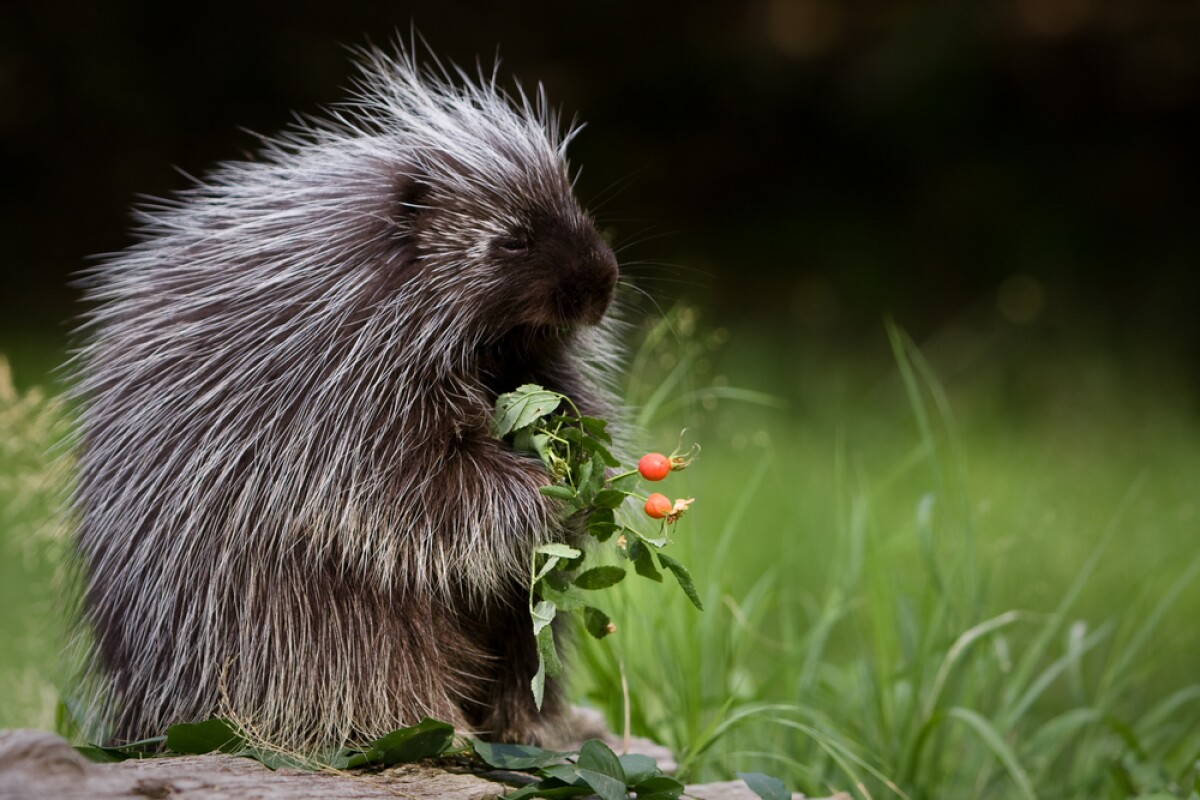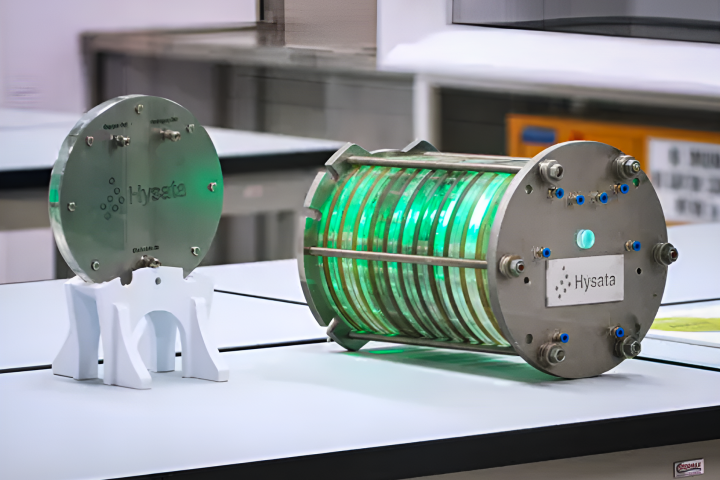If you’ve known a dog that’s been quilled by a porcupine, then you’ll know that while those quills go in all-too-easily, it’s very difficult to pull them out. As part of a new research project, however, a team of scientists are looking at replicating those very characteristics in things like hypodermic needles and surgical adhesives. It turns out that what’s a bane to overly-inquisitive dogs may be a boon to medical technology.
Conducted by scientists from MIT and Harvard-affiliated Brigham and Women’s Hospital, the study marks the first time that researchers have identified the forces needed for quills to enter and exit the skin.

It turns out that on each quill of the North American porcupine, the last four millimeters of its tip is covered in backward-facing microscopic barbs. These barbs act somewhat like the teeth on a serrated kitchen knife, breaking the total penetration force of the quill down into multiple localized points. As a result, the quill is able to penetrate biological tissue much more easily and cleanly than would otherwise be possible – in an experiment conducted by the scientists, a regular barbed quill penetrated muscle tissue using about half the force required for a replica polyurethane quill with no barbs.
It’s hypothesized that if hypodermic needles had similar barbs on their tips, they would be able to penetrate the skin much more easily and painlessly – not unlike the mosquito proboscis-inspired needles created at Japan’s Kansai University. Those barbs couldn’t be exactly like the ones on the quills, however, as those ones also hook against tissue to keep the quill from falling back out of the victim. In fact, it was found that the same barbed quills that went in so easily required four times more force to pull back out than their non-barbed counterparts.
It’s that grabby quality that might lead to quill-inspired adhesives. Presently, surgical incisions are typically closed with staples, sutures or superglue. Staples and sutures can result in leaks, however, while the glue can cause inflammation. A biocompatible and biodegradable material with quill-like hooks on it, however, shouldn’t have either of those problems.
To test how well such a material might hold, the scientists created a patch coated in an array of tiny barbed quills on one side. When compared to a control patch, that utilized non-barbed quills, 30 times more energy was required to remove the barbed patch from biological tissue.
A paper on the research was published yesterday in the journal Proceedings of the National Academy of Sciences.
Sources: MIT, Brigham and Women’s Hospital





